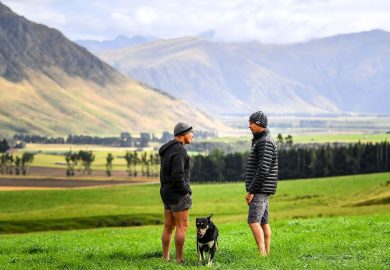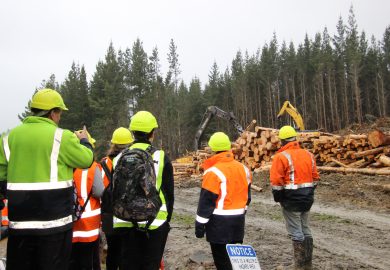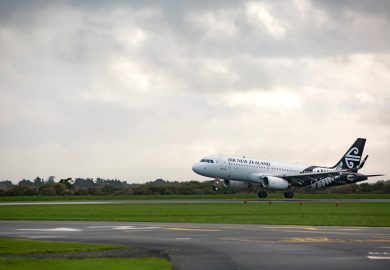Approach
Southland has 3,400 farms and 70% of our GDP is export focused with the majority of this is linked to the primary sector.
Farmland occupies 85% of the non-conservation land in Southland Murihiku and between 2016 and 2019 the amount of farm area in Southland Murihiku decreased from 1,176,256 to 1,054,670 hectares. It is important to understand the change in size and number of farms in order to understand the pressures that agricultural activities can place on soil health and water quality. Working with key partners we will seek to gain insights of the agricultural sector in the region.
Early discussions with key stakeholders have identified the sector is going through a significant period of change. We want to make sure the voice of our communities are heard and the implications of change are quantified and understood. This will allow it to be included in wider regional development and spatial planning as well as ensuring change aligns to our values as a people and place.
Key Outcomes
Identify and assess key issues currently being faced and possible implications for our region, including labour market shortages, carbon forestry, Emissions Trading Scheme, rising operational costs and compliance and land use.
Clarity of the roles and responsibilities of key players in the agricultural sector.
Ensure data is provided to ensure evidence-based decision making.






